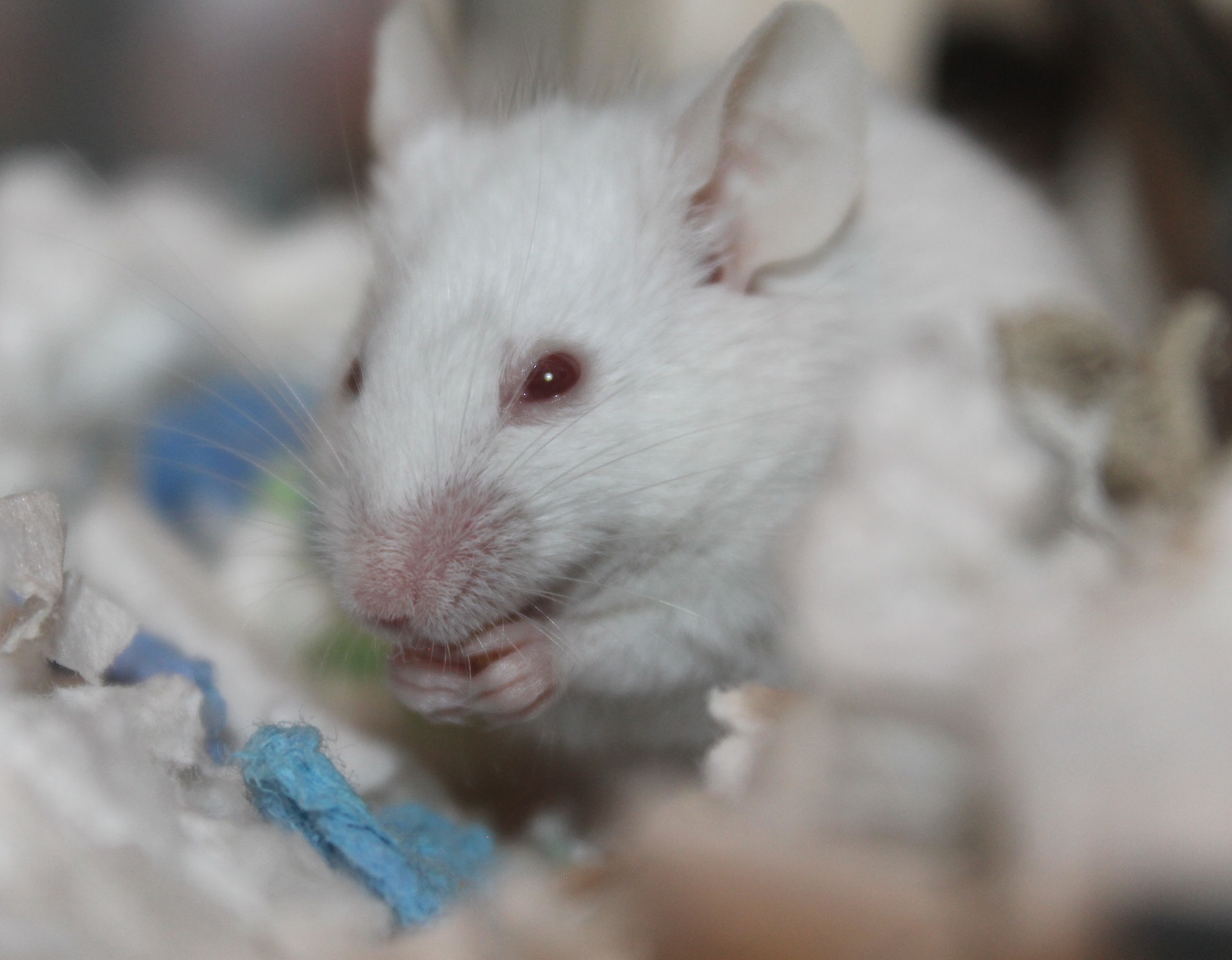 Neurobiology
Neurobiology
AutonoMouse: A platform for automating mouse behavioral studies
Behavioral assessments in animal models are crucial to neuroscience research, but manual implementation of these methods can limit throughput. We developed AutonoMouse: a platform for performing continuous, automated behavioral experiments across multiple subjects simultaneously.

Behavioral studies are a crucial tool in understanding brain function, allowing experimenters to link the architecture and activity patterns of neural circuits to perception. In the most popular mammalian experimental model - the mouse - a wide array of behavioral techniques have been developed over the years leading to great strides in our understanding of how the brain processes sensory information and orchestrates complex movements.
One such commonly used technique is the Go/No-Go task. In this simple task, mice are presented with one of two sensory experiences (or "stimuli") over successive trials. These stimuli can be chosen to test various aspects of sensation, for example, two different odor combinations to test the sense of smell. One of these stimuli is associated with a reward (usually a small droplet of water) which can be gained by the mouse if it licks at a reward port during the presentation of the correct stimulus. Over time, as the mouse learns the stimulus-reward pairing, its behavior will change: it will lick excitedly for the rewarded stimulus and suppress its licking in other trials. Looking at the difference in licking pattern, therefore, tells us whether the mouse thinks these two stimuli are different, giving a direct readout of the animal's perception. Although this is a popular and powerful approach to study animal perception it comes with a set of limitations. In traditional implementations, mice may need to have their water-intake restricted to motivate them to complete the task. Frequent manual handling of the mice may also be required, moving them back and forth between their home cage and the experimental apparatus. This methodology can induce stress on the mice, potentially affecting the behavioral results. Moreover, many existing versions of the Go/No-Go apparatus are only able to test one mouse at a time, making studies of a group slow and labor-intensive.
To overcome some of these limitations, we designed and built a novel system for behavioral studies: AutonoMouse. In this system, mice in groups of up to 25 were housed together in a common home cage containing free access to food, environmental enrichment, and social interaction. Each mouse was implanted with an RFID chip containing a tiny transponder with a unique identification code so we could track the behavior of each mouse individually. To gain their daily water intake, mice had to access an upper chamber where the Go/No-Go task was implemented. On entry to the chamber, their RFID code was read out and the appropriate Go/No-Go sequence was initiated. Custom software orchestrated the whole process, keeping track of the performance of each individual animal and scheduling behavioral tasks appropriate to the experiment. As each animal could be tracked through the implanted RFID chip, we could tailor the experimental parameters to each animal individually, even running multiple separate experiments on different subgroups of mice.
Mice quickly learned to gain their daily water by completing behavioral tasks and therefore did not have to be forcibly water restricted. As the system was fully automated, once the animals were housed inside we could collect data 24/7 without manual handling of the mice. This meant that we could efficiently perform large-scale behavioral studies, collecting millions of data points over several months of continuous operation.
We used AutonoMouse to address a curious finding from the study of olfactory perception. In previous studies, it has been shown that large lesions of the olfactory bulb - a primary brain processing center for the sense of smell - results in a surprisingly little diminishment in the ability of mice to discriminate between different odors. We tested odor perception in over 60 mice on a variety of odor discrimination tasks, while inducing lesions of different sizes in the olfactory bulb. Ultimately we found that only one of these tasks was consistently affected by the lesions: the ability to recognize a previously learned odor pair. This suggests that ability to remember an odor is particularly affected by disruption to the olfactory bulb, but that learning new odor percepts is very stable even in the face of extensive damage.
AutonoMouse enables large-scale, high-throughput data collection in behavioral experiment in large groups of mice. We demonstrated this utility in an olfactory perception study, but the general principle of the system could easily be extended to other senses and behavioral techniques. The design of the system and the control software is fully open-source, and we hope that this platform and others like it will help to standardize and improve behavioral experimentation in the future.
Original Article:
A. Erskine, T. Bus, J. T. Herb, A. T. Schaefer, AutonoMouse: High throughput operant conditioning reveals progressive impairment with graded olfactory bulb lesions. PLoS One 14, e0211571 (2019)Next read: The taste for human sweat by John S. Castillo , Matthew DeGennaro
Edited by:
Massimo Caine , Founder and Director
We thought you might like
More from Neurobiology
Can we use a magnet to see brain inflammation?
Sep 25, 2023 in Neurobiology | 4 min read by Raquel Garcia-Hernandez , Santiago Canals , Silvia de SantisSurprising Behavior Changes in Genetically Modified Syrian Hamsters
Aug 30, 2023 in Neurobiology | 4 min read by Susan Lee , Kim Huhman , Jack TaylorTo achieve goals, we definitively need our neurons
Mar 10, 2023 in Neurobiology | 3.5 min read by Julien CourtinThe Impact of SARS-CoV-2 on the Brain: It Is All in Your Head
Feb 15, 2023 in Neurobiology | 3.5 min read by Meredith G. Mayer , Tracy FischerSolving A Decade-Long Mystery: Neurons Hold The Key To Rare Neurological Diseases
Feb 6, 2023 in Neurobiology | 3.5 min read by Anna-Leigh BrownEditor's picks
Trending now
Popular topics


